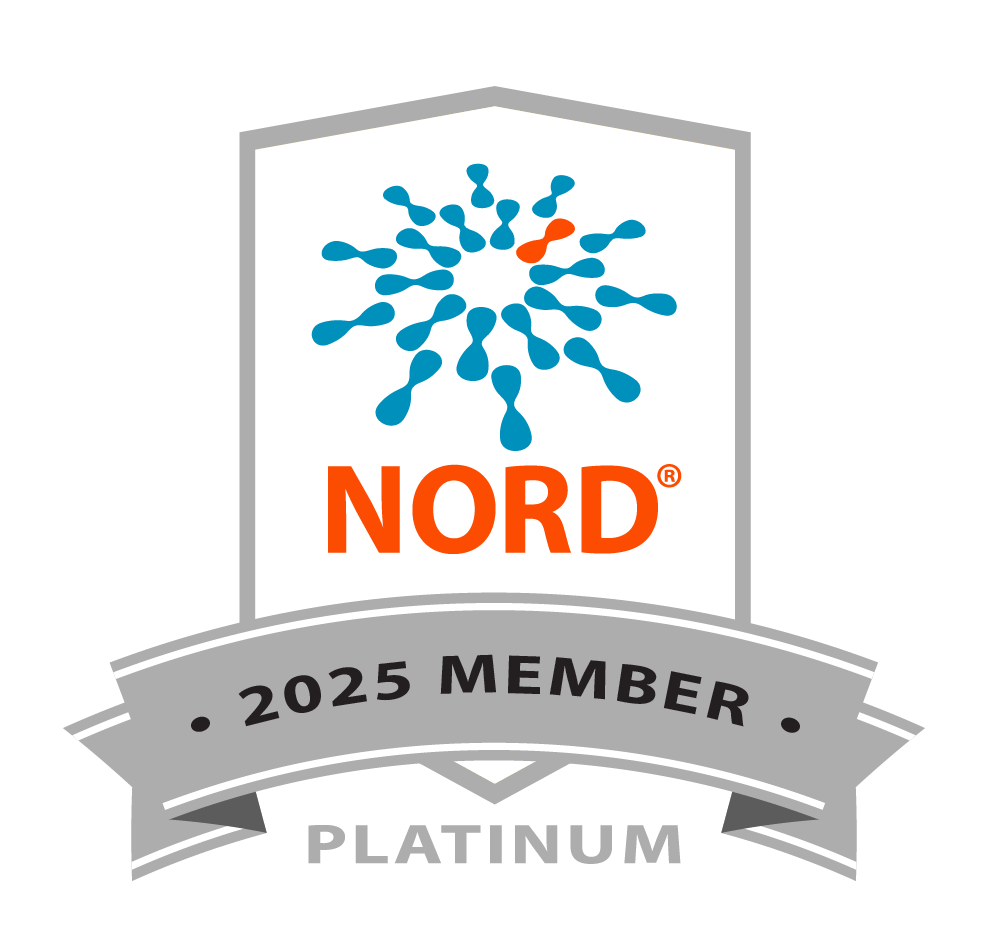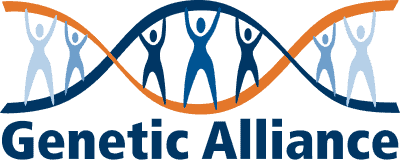Bruce R. Korf, MD, Ph.D. Department of Genetics, University of Alabama at Birmingham.
The neurofibromatoses, including NF1, NF2, and schwannomatosis, are a set of related genetic disorders characterized by the development of benign tumors of the nerve sheath. NF1 is the most common of these disorders, affecting about 1 in 3,000 individuals. Aside from neurofibromas, patients may develop optic glioma, skeletal dysplasia, learning disabilities, and many other problems. Neurofibromas, though benign, can be disfiguring, and are at risk of transformation to malignant peripheral nerve sheath tumor. The NFl gene is a tumor suppressor that includes a GTPase activating protein domain that regulates conversion of Ras-GTP to Ras-GDP. This mechanism opens the possibility of development of specific treatments that target the Ras signaling pathway, but clinical trials are hampered by challenges in measuring outcomes and recruiting a sufficiently large number of patients to achieve a statistically valid study. In 2006 the Department of Defense initiated funding of the Neurofibromatosis Clinical Trials Consortium with the goal of supporting clinical trials using biologically- based therapies. For the first five years the focus was on NFl, but when the Consortium was refunded in 2012 the mission was expanded to other forms of neurofibromatosis. The Consortium consists of an Operations Center at UAB and clinical trial recruitment sites (initially 9 and currently 17). Protocols are
developed by committees that focus on particular disease manifestations.
Four trials were launched in the first five years targeting plexiform neurofibromas (rapamycin), neurocognitive problems (Iovastatin), low-grade glioma (everolimus), and malignant peripheral nerve sheath tumors (everolimus and bevacizumab). There are currently three additional trials soon to be launched, targeting vestibular schwannomas in NF2 (bevacizumab), and two trials aimed at treatment of plexiform neurofibromas. Additional trials for skeletal features and neurocognitive problems are in development.




